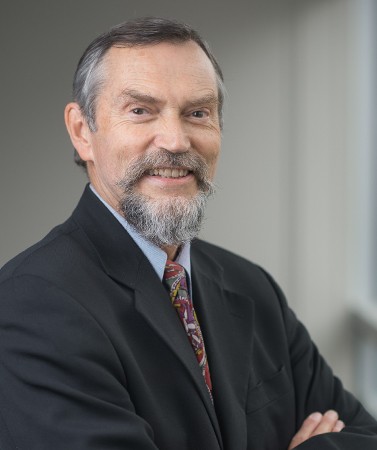Affiliation: University of British Columbia

Hector Williams is Professor Emeritus of Greek Art and Archaeology at the University of British Columbia in Vancouver, and directs UBC’s archaeological projects at Stymphalos and Mytilene (Lesbos) in Greece; he has also worked at UBC’s excavations at Anemurium in Turkey and with the University of Pennyslvania’s Gordion Project and the University of Chicago’s excavations at Kenchreai, eastern port of Corinth. Professor Williams is also a maritime archaeologist and Past President and Trustee of the Vancouver Maritime Museum. He has served as President of AIA Canada for four years, as Trustee of the AIA for seven years and on many AIA committees. He has been lecturing to local AIA societies since 1974 and has lectured AIA tours to the Mediterranean and Black Sea. His particular areas of interest are Greek cities, Greek sanctuaries, the Roman period in the eastern Mediterranean, maritime archaeology, and ancient lamps.
Mytilene was one of the most famous and wealthy cities of the northeastern Aegean and the most important city on the island of Lesbos. Home to the great lyric poets Sappho and Alkaios, it flourished down to the end of antiquity. The talk will present two areas of the city that we have excavated: a sanctuary of the fertility goddesses, Demeter and Kore, on the acropolis, with its many altars and hundreds of votive dedications and a multi-period site near the large North Harbour. This site contained material ranging from an 18th century Ottoman cemetery with a vampire burial down to a rich range of imported fine painted pottery from just after the time of Sappho. Later on it became a Hellenistic industrial district and then a Roman villa that in the late Roman period seems to have become a tavern/brothel.
Excavations by the University of British Columbia on Turkey’s southernmost promontory, Cape Anamur, have uncovered a picture of life in a modest but prosperous urban community from the third to seventh centuries of our era. Local benefactors built large public baths with exercise grounds, a theatre, one of the best preserved odeons (roofed small theatre) in the Roman world, hundreds of tombs, four early Christian churches (some with fine mosaic floors), houses and a small well preserved set of Byzantine baths. Industrial establishments that produced pottery, roof tiles and oil lamps also revealed much about economic life in the area. The speaker served as assistant director and photographer for ten seasons at the site.
Excavations at ancient Stymphalos, an small Arcadian late classical city set 2000 feet up in the mountains of the northern Peloponnese, have uncovered fifteen areas of the city within its sturdy fortification walls. Famously as the site of Herakles’ sixth labour, killing the Stymphalian birds, the city also produced two Olympic victors and mercenary forces that served from Carthage to the Middle East. The talk will look at the well built houses of the town, its theatre and wrestling school, its sanctuaries and their hundreds of offerings, the sophisticated city defences, and temples that included some with marble roof tiles (rare in Greece). It will also present four early Christian cemeteries and their burials, which throw light on local inhabitants. We also pioneered the use of geophysical exploration in Greece, revealing an orthogonally planned city of the 4th c. BC.
See Hector Williams's work in the American Journal of Archaeology.